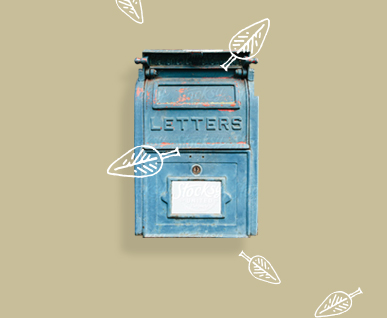Are you interested in cranberry cultivation and the role of pollinators in the process? From the start of the flowering period, the meeting of the bees and the cranberries is essential to ensure an abundance of berries during the following season.
To better understand the cranberry pollination process, here are the answers to some frequently asked questions about this subject.
1. Why is cranberry pollination important?
The cranberry is a plant that has low spontaneous fruiting. It needs to receive pollen from other flowers to create more berries. Pollination is therefore important to make the production of the fields profitable.
2. What methods do you use to pollinate the flowering plants?
To ensure the pollination of the cranberries, growers rely on beekeepers when the plants flower. In organic farming, they rent honeybee hives to allow for pollination. These are quite rare and sometimes come from far away (Ontario).
Organic fields experience another obstacle: the presence of insect pests that are harmful to bees. The use of pesticides in conventional farming makes it possible to keep the bees on the farms longer. On organic fields, the bees stay 10 to 14 days, while in conventional farming, they stay there for nearly 21 days.
To overcome these issues, we also set up common eastern bumblebee hives in the fields. These are also used to pollinate blueberries, which flower earlier.
3. How do you attract natural pollinators to the fields?
To attract natural pollinators, in 2018, we set up flower islands, shrubs, perennial plants, and trees in our fields. From May to September, these plants blossom on our farms and bring in different natural pollinators that take part in the work!
Cranberry flowers contain a great deal of pollen (protein), but little nectar (sugar). To provide the necessary nutritional balance to the hives, the chosen flowers contain a large amount of nectar. They therefore don’t have to go any further to bring the nectar to their queen!
4. What are the differences between the pollinators?
Honeybees are the main cranberry pollinators. More skittish and sensitive to inclement weather, however, they don’t leave their hives when it’s rainy or cold out.
Bumblebees have the advantage of being more resistant. On the other hand, the hives are less populous. They contain 100 to 300 inhabitants on average. A honeybee hive, meanwhile, contains 70,000 bees on average!
Bumblebees also don’t fly as far (up to 200 feet), while honeybees cover a two-kilometre radius.
Finally, natural cranberry pollinators allow larger berries to be produced. Indeed, they take longer to pollinate, which leads to larger cranberries with more seeds.
The balance between these different pollinators is therefore beneficial to ensure optimal production on our cranberry farms.
5. Organic or conventional farming: the same challenges?
Whatever the cultivation method, cranberry pollination requires the same process! The fruiting requires the participation of natural or domestic pollinators that allow the cranberries to emerge during the following season.
In addition to allowing us to enjoy delicious fresh cranberries in the fall, these pollinators require our full attention. They are experiencing a particularly difficult season, which is compromising the pollination of cranberries and other summer fruits in Quebec.
To preserve these precious allies, you could decide to plant flowers this year! This will allow the bees to gather pollen and nectar. With this small gesture, you are helping to preserve biodiversity, which is crucial for the entire food chain!
Organic cranberries pollinated with love and patience
Now you know more about cranberry pollination and the valuable work of pollinators.
Patience Fruit & Co is a story of passion, attentiveness, and love of cranberries. Starting in May, it’s the season of flowering fields and pollinators! Thanks to the valuable work of our foragers, we get ready for the following season to prepare fresh cranberries for you.
The rest of the year, enjoy all our products made from these ruby-red berries! Dried fruit, crunchy chocolate bites, fruit juices, or bundles… enjoy all our sweets derived from cranberries. The fruit of precious work carried out by our loyal pollinator squads!


